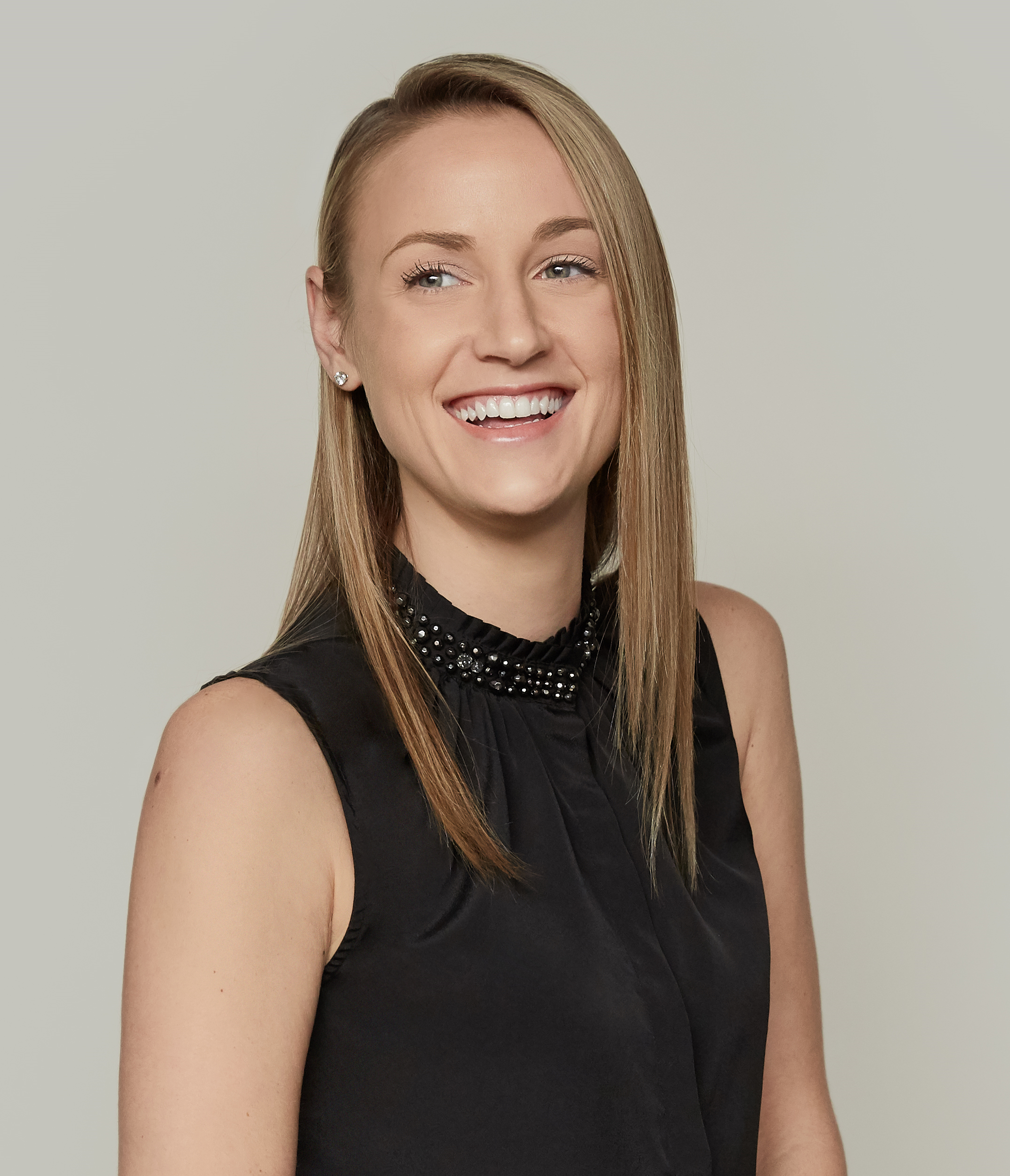For women who experience premenstrual syndrome (PMS), the symptoms can vary widely. You may suffer from mood swings and become cranky and irritable. You may get hit with severe cramps. Perhaps you suddenly feel fatigued, or start craving carbs, which can include fatty, salty, and sweet, heavy foods. To make matters worse, PMS can become harder to prepare for as you get older, since PMS during perimenopause can be triggered by the unpredictable hormone fluctuations that happen during this phase.
Several PMS symptoms – including food cravings and mood swings – often play off each other, leading women to eat foods they know aren’t good for them. Unfortunately, eating those sugary, fatty, carbohydrate-packed and salty foods can cause you to retain even more water and gain more weight, adding to the feeling of being “down in the dumps,” which can lead to more cravings and less PSM relief. This cycle can be particularly concerning for women worried about gaining weight before and after their menstrual cycle.
If you’re dealing with PMS, it’s important to resist the siren call of those cravings and eat wholesome foods instead. Here’s a list of some of the best foods to eat on your period and during PMS (along with several foods that may make PMS worse.
Best Foods for PMS
If you’re looking for the best foods to eat on your period, look no further. Consider saying ‘yes’ to these foods – as they may help to ease your PMS symptoms and provide some PMS relief:
- Complex carbohydrates: if you’re craving carbs, rather than reaching for simple carbs, go for those found in whole grain breads and cereals, barley, beans, lentils, and brown rice. It takes longer for these carbs to break down in your body, so they don’t bring the same quick rise in blood sugar that simple carbs do (unlike those doughnuts that are calling your name – which are a type of food that can make PMS worse).
- Calcium-rich foods: such as low-fat milk, yogurt, cheese, and some leafy green vegetables, such as spinach and kale. A study published in 2017 found that calcium supplements could be an effective way to reduce PMS mood disorders,1 and provide some PMS relief.
- Vitamin D-rich foods: are considered to be some of the best foods to eat on your period and before. Vitamin D is found in some fish, such as salmon and sardines. Vitamin D also helps your body absorb calcium — with older research showing that women who had high intakes of both vitamin D and calcium-rich foods were less likely to experience PMS.2
- Fruits and vegetables: Cleveland Clinic states that if you “eat from the rainbow” (fruits and veggies of all different colors), you’ll get a good variety of vitamins and nutrients.3 Foods that reduce inflammation can also be considered to be foods that help with period cramps and many help with PMS relief; to reap this benefit, think about eating more whole fruits and vegetables, which can help reduce the severity of cramps from PMS.4
- Lean meats: try a PMS diet that includes chicken and turkey, pork loin, and lean cuts of beef, which are rich in iron and provide a lot of protein. Red meat is especially rich in iron, but you should consider trimming off all the fat and cooking it so the remaining fat drips off. If you’re a vegetarian or just don’t like meat, you may need to take an iron supplement to replace the iron lost during your period. If you are anemic, it may make sense to load up on iron-rich foods, such as those mentioned above, before your period.
- Go nuts: unsalted nuts are an excellent snack with high levels of healthy omega-3 fatty acids. They’re also a good source of protein and are a good option for vegetarians.
- Peanuts: are high in vitamin B6 and magnesium, which some research has found to help regulate serotonin, the chemical in your brain that helps to control your mood. A spoonful of peanut butter makes a good, quick snack and can be one of the best foods for PMS cravings (since it can satisfy a craving for sweets while still being nutritious and high in protein).
- Eggs: are high in vitamins D, B6, and E, and are a great source of protein, making them one of the best foods for PMS.
- Pumpkin seeds, chia seeds: like nuts, these are healthy sources of vitamins and protein.
Foods That Make PMS Worse
The following foods are PMS diet no-no’s:
- Salty foods: salt retains water and can contribute to the weight gain that sometimes accompanies hormone fluctuations during PMS and your period. While they may taste good, these foods won’t help with PMS relief.
- Simple carbohydrates: including processed foods such as white bread, white rice, and white pasta. Although you may be craving carbs, these foods are all low in fiber, which makes them quick to break down in your system and can cause blood sugar spikes. (Blood sugar spikes are followed by plunges, which can contribute to moodiness – placing these in the category of foods that can make PMS worse.)
- Sugary foods: these include candy, cake, cookies, and all those sweet goodies that we think are the best foods to eat on our period or before. It’s hard to resist this stuff because food manufacturers give us so many tempting choices, but overconsumption can contribute to weight gain with no PMS relief benefits.
- Caffeine: there are mixed research results about the effects of caffeine on PMS. Most older studies show that caffeine makes PMS worse by stimulating the central nervous system: at first causing a burst of energy and alertness, but hours later, causing a sharp drop. That drop can result in feelings of tiredness, nervousness, difficulty in concentrating and general crankiness – in short, it won’t provide any PMS relief. However, a recent study published in the American Journal of Clinical Nutrition, found no relationship between caffeine consumption and PMS symptoms.5 Regardless of either argument, caffeine does act as a diuretic (causing water loss and more trips to the ladies’ room). Those extra bathroom breaks deplete calcium and other minerals and vitamins, which are essential to good health. So, it can’t hurt to at least cut down on caffeine consumption.
- Alcohol: believe it or not, alcohol can increase your risk of having painful cramps from PMS – so try to drink sparkling water instead.
- Foods with saturated fat: eating foods with too much saturated fat, such as butter and high-fat meat and cheese, can increase your risk of heart disease. Several research studies have also shown they play a major role in the increase of PMS symptoms.
If you experience PMS symptoms but changing your diet doesn’t help, it’s worth talking to your healthcare provider. They should rule out other causes for the mood swings and cravings you’re experiencing, and they may recommend medication or a non-prescription product that can help ease those symptoms.
Resources
- https://www.ncbi.nlm.nih.gov/pmc/articles/PMC5313351/
- http://www.umass.edu/newsoffice/article/pms-research-study-attracts-global-notice
- https://my.clevelandclinic.org/health/articles/17079-heart-healthy-diet
- https://www.pcrm.org/good-nutrition/nutrition-information/using-foods-against-menstrual-pain
- http://ajcn.nutrition.org/content/early/2016/07/05/ajcn.115.127027.short










